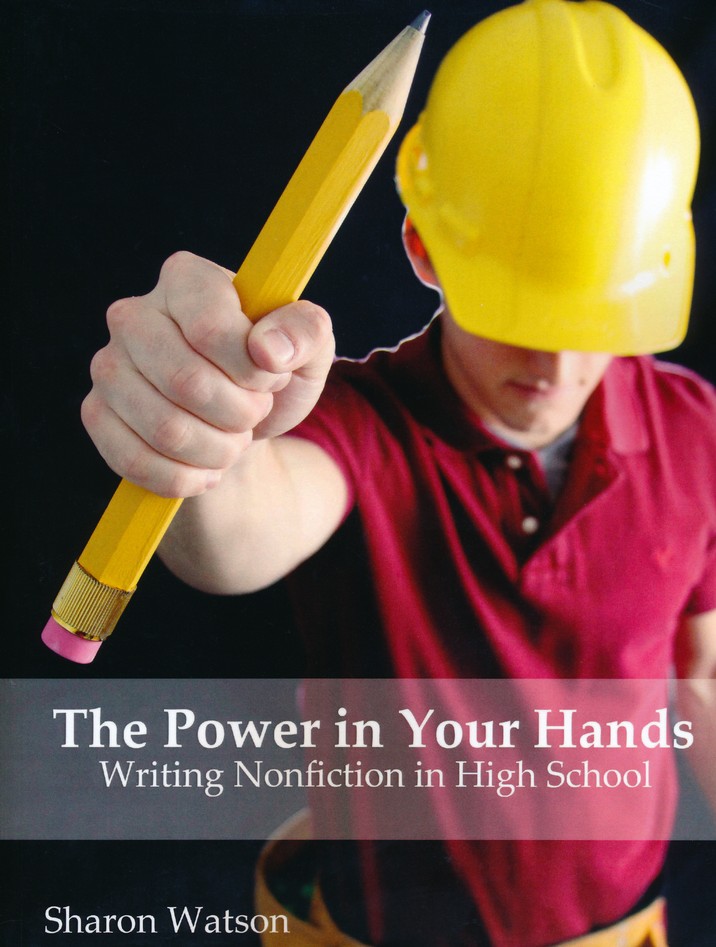 Have you read or viewed Jane Austen’s Pride and Prejudice.
Have you read or viewed Jane Austen’s Pride and Prejudice.
You’ll find a wonderfully ironic scene in chapter XVIII. The setting is an elaborate ball. All are dressed beautifully and are on their best behavior. The dancing is organized in lines or circles, much like square dancing but much more sedate.
Against this metered backdrop we see the two main characters, Elizabeth and Darcy, dancing with each other—and arguing the whole time:
[Elizabeth] made some slight observation on the dance. [Darcy] replied, and was again silent. After a pause of some minutes she addressed him a second time with, “It is your turn to say something now, Mr. Darcy. I talked about the dance, and you ought to make some kind of remark on the size of the room, or the number of couples.”
He smiled, and assured her that whatever she wished him to say should be said.
“Very well. That reply will do for the present. Perhaps by and bye I may observe that private balls are much pleasanter than public ones. But now we may be silent.”
“Do you talk by rule then, while you are dancing?”
“Sometimes. One must speak a little, you know. It would look odd to be entirely silent for half an hour together, and yet for the advantage of some, conversation ought to be so arranged as that they may have the trouble of saying as little as possible.”
That scene is so much fun to watch or to read: Dancing in harmonious steps while picking at each other throughout.
Now it’s your turn: Write a scene in which the dialog is at odds with the actions of the characters or at odds with the setting. This can create a humorous scene, as with the scene from Pride and Prejudice, or it can be poignant or troubling.










